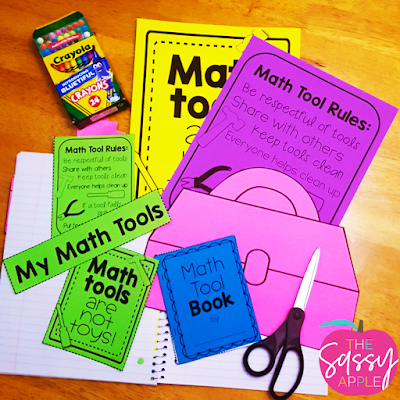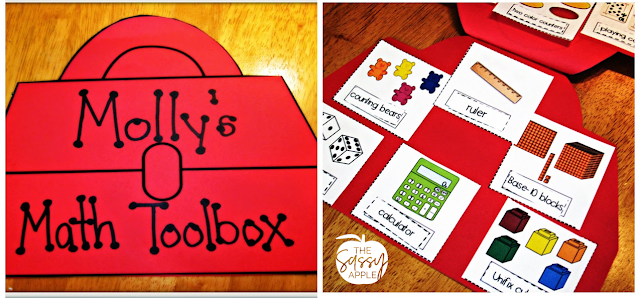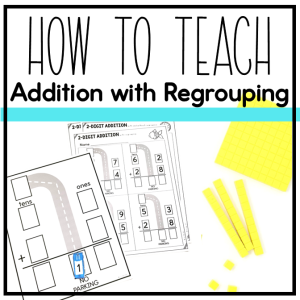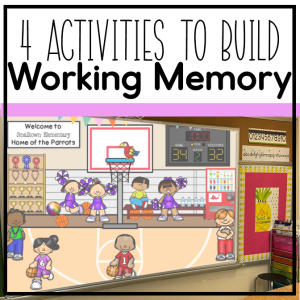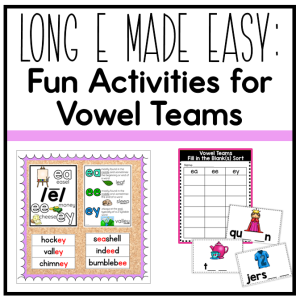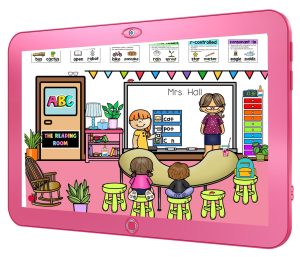Planning for the beginning of the year is so important for setting the tone in your classroom. For my first 3 math lessons of the school year, I ask myself “What do I want to communicate about what is valued in our classroom in this subject area?“
In math, I want my students to know that:
- We value discussion, connections, collaboration and communicating our strategies for solving over the “right answer”
- Students will have access to the tools they need to help them problem solve
- Math is all around us and it’s fun!
- We need to master basic math skills to be successful lifelong mathematicians
Can you imagine me just telling them those things? I envision a lot of confused faces! Truth is, I can’t just tell them what I want math to be like and why it’s important. I have to share this with them through how we begin and that starts week one with our first 3 math lessons.
Lesson One: Making Math Connections
Our first lesson is about making math connections to 1st grade (and kindergarten) as well as math in the real world. We talk about what they learned last year and I connect that with what we will learn this year.
Then, we discuss their double-sided name tags and talk about how the backside of the name tag is a great resource to use during math. We quickly practice a couple of math facts using the number line. They browse their math workbook to preview what we will be learning. I feel like this eases some of the hesitancy because they realize “Oh! This looks familiar!”
Then, we talk about all of the places and ways we use math in the real world. We draw a picture of how we use math in real life (sports, stores, cafeteria, weather ect.) and they label it. I give them some time to turn and talk with a partner or group about their picture. Finally, we make a whole class anchor chart like the one above with all of the real-world examples.
Lesson Two: Math Tools and Expectations
The next day is one of my favorites! Students get to use a variety of math manipulatives they will have access to throughout the year. Manipulatives = instant engagement I pick out 5-6 different manipulatives and place them in bins. I put one at each table group to share. We discuss the procedure for getting the math tools out of the bins (not all grabbing at once, whichever desk I put it on gets theirs first and then passes the bin, others wait patiently ect.)
I let them “explore” freely as we review each one–What can we use it for? Where is it kept in our classroom? How do we use it safely?
We glue the
math tool rules into their notebooks. If they misuse the tools, they have to review the rules so it’s nice to have it handy. Then, we make our math
toolboxes.
Lesson Three: Basic Math Facts (& FUN!)
On day three of math, I introduce my students to Fast Fact Folders. We will use these each day to practice addition (and eventually subtraction) math facts. Since it’s the first week of school and I don’t quite know their fluency level yet, I prep Week 1 (+0s, +1s) with 30 problems in everyone’s folders. You can read more about how I use these and prep them here.
We discuss setting a goal on the tracking sheet and then recording their score when they finished. This will eventually only take a couple of minutes but since it’s the first time, it takes awhile.
Then, we put the folders away and play Trash Can Math (you can read all about how to play in
this blog post.) It’s the perfect way to finish up and it’s great for informally assessing students’ number sense and place value knowledge. It will be the first game they play in partners the following week!
Phew! The first three days of math are completed! Next, we will dive into reviewing basic addition strategies and then onto the same for subtraction. Here’s an overview of the first nine weeks of 2nd grade math (free download):
If you are interested in other posts about my first three lessons, check out these posts:




